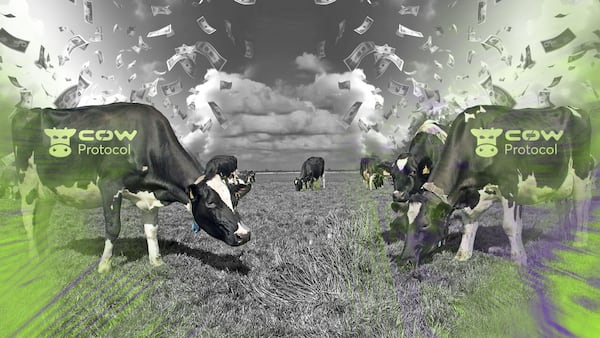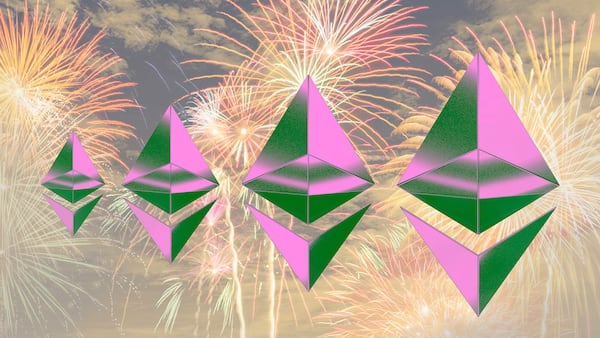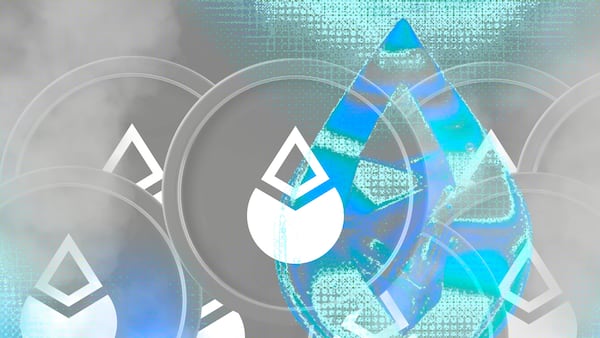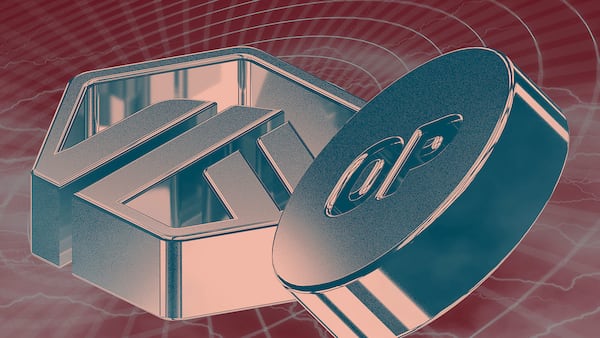- Sei Labs is rolling out an upgrade that it hopes will attract Ethereum developers.
- However, it is not the only layer 1 competing in the crowded market.
Sei Labs, the company behind the layer 1 blockchain Sei, is betting on its Sei v2 upgrade to attract developers and remove barriers for those looking to deploy DeFi protocols on its blockchain.
It will allow developers to deploy protocols from Ethereum — the biggest blockchain ecosystem with over $57 billion worth of DeFi deposits — on Sei without having to reconfigure their code.
“Going to a new execution environment is very risky,” Sei co-founder Jay Jog told DL News. “If you don’t completely understand it, and you create even one small, tiny bug, that could result in your entire smart contract getting completely drained.”
Sei v2 is scheduled to go live in the first half of 2024 and will remove that risk for developers, Jog said.
Sei Labs is betting that Ethereum developers will opt to build on faster blockchains like Sei as the industry is growing more focused on interoperability, referring to the push to connect disparate blockchain ecosystems.
Tapping into Ethereum
Ethereum is currently where the vast majority of blockchain development takes place. A recent report from Electric Capital found that 71% of smart contract code was initially deployed on Ethereum.
Although Ethereum is the birthplace for the majority of blockchain code, developers also frequently opt to deploy their projects on alternative blockchains that boast higher speeds and reduced transaction fees.
Blockchains like Solana or Cardano have had a hard time attracting Ethereum developers because they use software that is incompatible with Ethereum’s. Solana uses its own custom-made solution, while Cardano uses a UTXO model.
This has created an opportunity for Sei and similar projects looking to court Ethereum devs.
Neon EVM, an Ethereum-compatible layer 2 blockchain built on top of Solana, and Monad, a yet-to-be-launched blockchain, also offer Ethereum developers routes to deploy their code on a more performant blockchain without having to make alterations to it.
‘The EVM is here to stay’
Currently, blockchains fall into one of two broad categories: those that are compatible with the Ethereum Virtual Machine — or EVM for short — and those that are not.
EVM-compatible blockchains make it easy for Ethereum developers to build on them, but many of those chains are prone to transaction congestion and high fees.
While some EVM-compatible blockchains find a way around this using technologies like zero-knowledge proofs, such blockchains are still relatively new.
On the other hand, blockchains that use different software, like Sei and Solana, can achieve much higher transaction speeds.
Sei’s answer to this situation is to upgrade its current architecture to make it fully compatible with Ethereum — a request that’s at the top of developers’ wishlist, Jog said.
“The EVM is here to stay,” Jog said. “It’s not necessarily the cleanest and most elegant execution environment to be using, but it is the one that has already gotten most market share.”
Sei currently requires developers to write their protocols using programming languages like Rust or C++. But after the Sei v2 upgrade, they will be able to use languages like Solidity and Vyper that are popular with Ethereum developers.
EVM parallelisation
Sei already achieves high transaction speeds compared to other blockchains. To maintain these high speeds while also letting developers use the EVM, Sei is implementing a technique called EVM Parallelisation.
This allows Sei to run multiple execution environments that can simultaneously process transactions instead of having to process transactions one after the other, as most blockchains do.
Sei is not the only blockchain leveraging EVM Parallelisation.
Neon EVM also uses EVM Parallelisation to let Ethereum developers tap into Solana.
But unlike Sei v2, where both EVM and non-EVM protocols will live on the same blockchain, Neon EVM is its own separate blockchain.
That means users must first bridge their assets to Neon EVM, introducing a point of friction, which hasn’t prevented Neon from making inroads with Ethereum developers.
Stiff competition
Aave, the biggest lending protocol on Ethereum with over $7 billion worth of investor deposits, recently polled its token holders on whether it should deploy its v3 version to Neon EVM. The vote ended with over 83% of token holders signalling support.
Monad, a soon-to-be-launched blockchain, is also promising developers EVM compatibility and fast transactions.
Boasting a proprietary consensus algorithm, Monad claims it will achieve processing capabilities of up to 10,000 transactions per second upon its launch later this year.
Although Neon EVM has a head start, the competition between these three EVM Parallelisation projects is only just beginning.
Success isn’t guaranteed.
“It’s not ‘if you build it, they will come,’” Jog said. “Because there’s been dozens of other chains where no one has gone.”
In addition to Sei Labs’ focus on parallelisation, the Sei Foundation, an affiliated nonprofit that supports the Sei ecosystem, plans to launch a grants programme for those looking to develop on the Sei blockchain.







